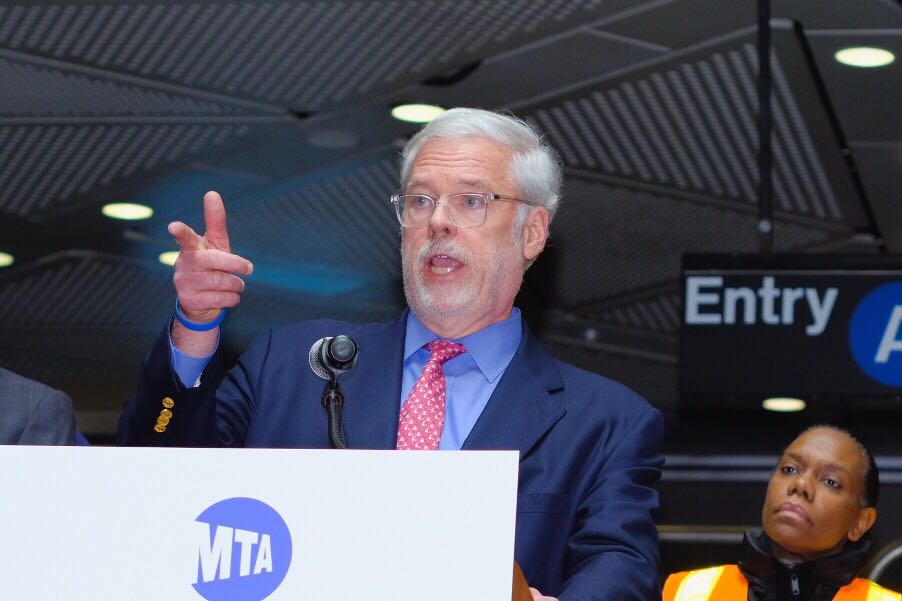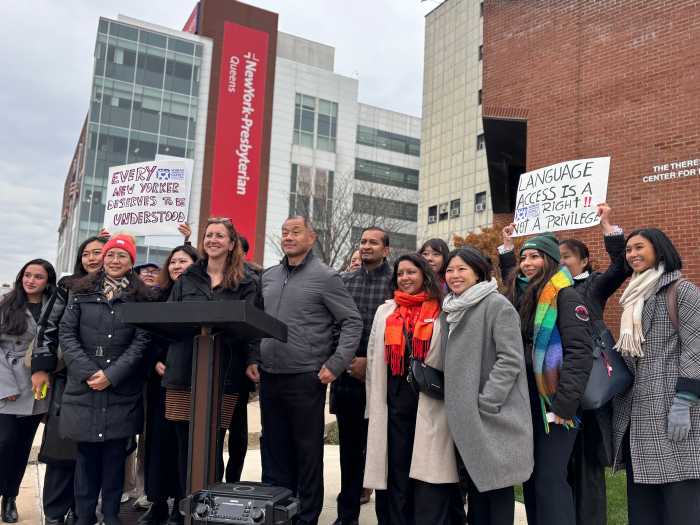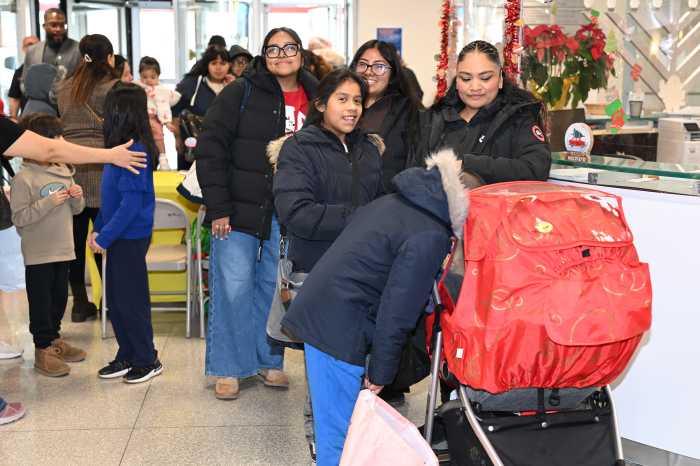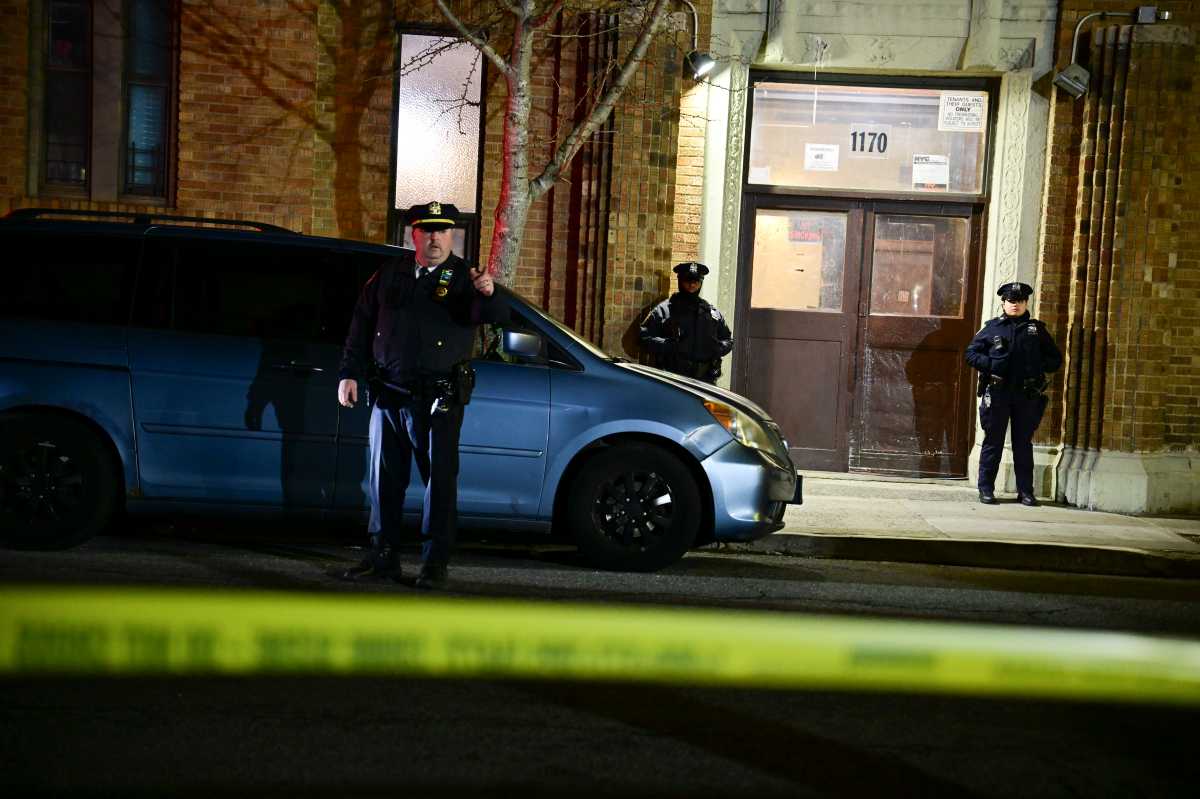It’s no longer service as usual with MTA agencies as they announced Tuesday major shifts in schedules to accommodate essential service workers while cutting costs after ridership tanked due to COVID-19 containment measures.
MTA officials, which has already had to make drastic changes in the crisis, said Tuesday that something had to give in order to keep the MTA from losing up to $4 billion over the course of the next year. They’ve formally requested that amount of federal funding to help close the financial gap that coronavirus measures left in their budget.
The reduced schedule not only responds to 87 percent drop in subway ridership and a 94 percent dip on Metro-North Railroad and comes following the C train being taken out of service due to a conductor notifying the MTA he had tested positive for coronavirus, among other obstacles as the epidemic continues.
“We are in the midst of the largest liquidity crisis ever as a result of a sudden drop in ridership as more people stay home,” MTA Chair Pat Foye said. “Extending our line of credit is not a long-term solution, and gutting our hard-fought capital plan is a nonstarter. We will not allow this pandemic to slow our efforts to bring our system into the 21st century. This is a national problem that requires a national solution.”
Subways are set to go to schedule typical of Saturdays on March 25 while buses will follow suit on March 26. Trains such as the B, W, and Z will no longer run Monday through Friday.
On the Metro-North and Long Island Rail Road, morning and evening peak hours will be preserved.
However, the Saturday schedule will equate to about a 30% decrease in service on subways and buses — which Foye and other MTA officials are confident will not result in crowding that could go against social distancing guidelines.
According to Foye, the extent of the crisis deserves a hearing at the congressional level and regional governments cannot be held to blame for the obvious financial misfortunes that have befallen state and local governments and their agencies.
As announced last week, the MTA has said it would need a $4 billion boost from the federal government if it is to bounce back from the crisis and help all New Yorkers return to work.
“There will be savings, that’s not what is driving this. Clearly, and I don’t have a number at my fingertips, I will say this that in terms of the billions and billions of deficit that we face because of the ridership decline and the decline in subsidies, those numbers – we want to save every dollar we can – those numbers are not going to make a material difference,” Foye said. “And our primary goal is to continue to provide service to first responders, including transit workers who are critical to the city’s and region’s recovery.”
According to Foye, 52 MTA employees have tested positive for coronavirus.
Mario Peloquin, chief operating officer, said most commuters, those who are left, will not notice the difference.
The only silver lining in this mess? Foye said with fewer cars on the road, buses are moving more quickly and smoothly.
This story first appeared on amny.com.


































